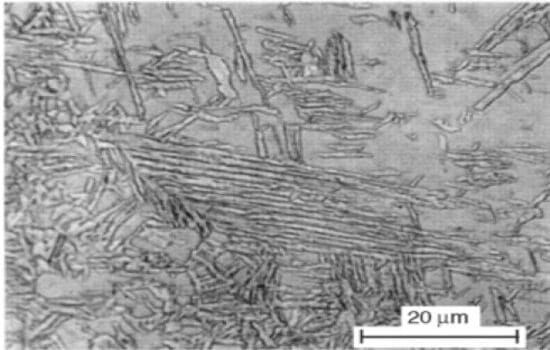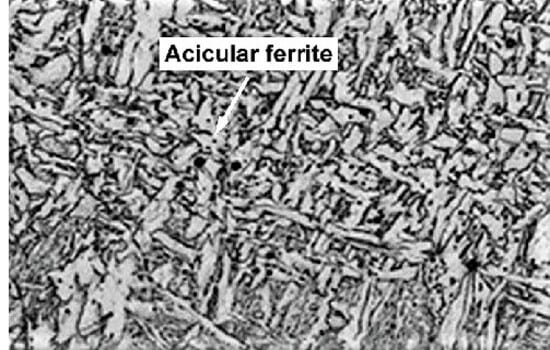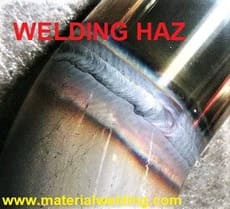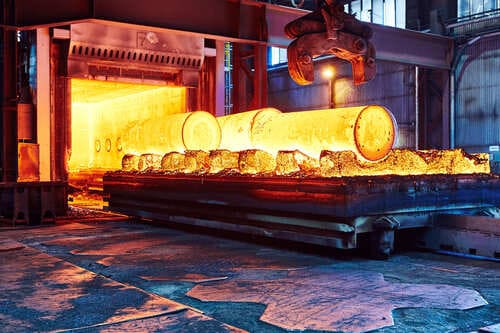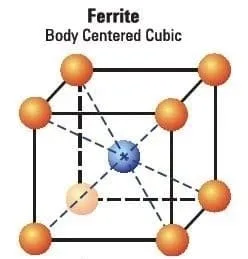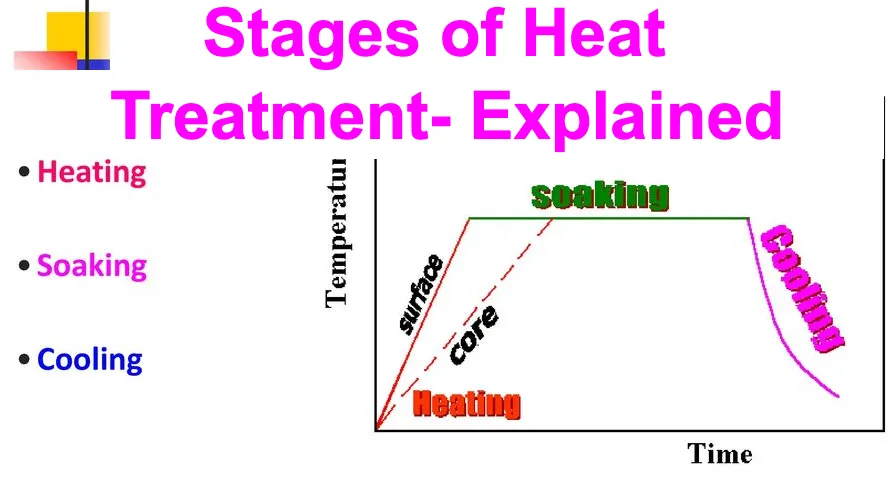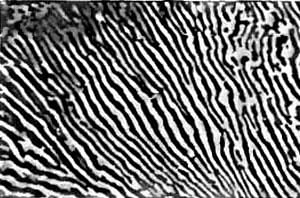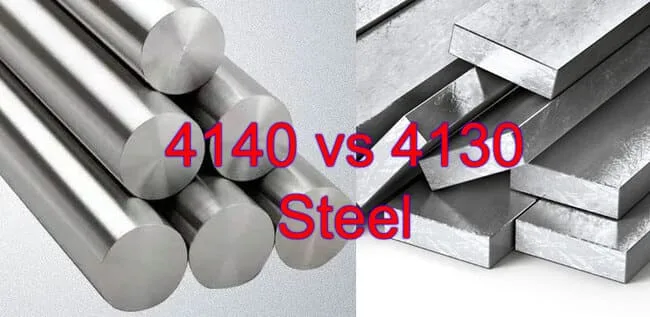Understanding the various microstructures that form in steel during heat treatment is crucial for controlling the material’s mechanical properties. In this article, we will discuss the differences between martensite and bainite, two key microstructures that play a significant role in determining the hardness, strength, and toughness of steel.
Martensite: An Overview
Martensite is a hard, brittle microstructure that forms in steel when it is rapidly cooled or quenched from a temperature above the critical transformation point. This rapid cooling rate prevents carbon atoms from diffusing out of the crystal lattice, resulting in a highly distorted, body-centered tetragonal (BCT) structure.
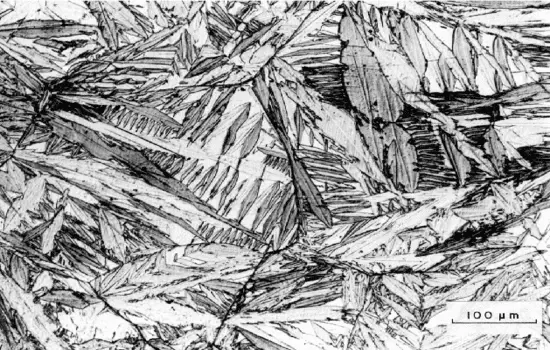
Characteristics of Martensite
- Highly stressed and distorted crystal structure
- Hard and brittle
- Formed by rapid cooling or quenching
- Body-centered tetragonal (BCT) structure
- Can contain retained austenite if not fully transformed
Properties and Applications of Martensitic Steel
Due to its hardness, martensitic steel is often used in applications requiring high wear resistance, such as cutting tools, bearings, and gears. However, its brittleness makes it unsuitable for applications that demand high toughness and ductility.
Bainite: An Overview
Bainite is a microstructure that forms in steel when it is cooled at a rate slower than that required for martensite formation but faster than that for pearlite formation. The bainitic transformation occurs over a range of temperatures and produces a complex mixture of ferrite and cementite.
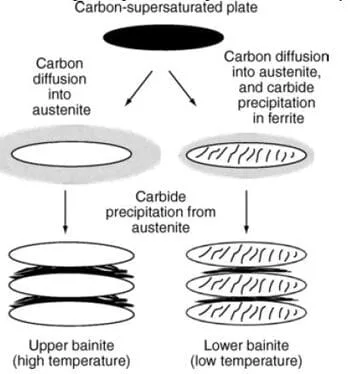
Characteristics of Bainite
- Formed by intermediate cooling rates
- Mixture of ferrite and cementite
- Upper bainite: formed at higher temperatures; coarser structure
- Lower bainite: formed at lower temperatures; finer structure
- Higher toughness and ductility than martensite
Properties and Applications of Bainitic Steel
Bainitic steel offers an excellent combination of strength, toughness, and ductility, making it suitable for a wide range of applications, such as automotive components, construction equipment, and heavy machinery.
Martensite vs. Bainite: Key Differences
| Property | Martensite | Bainite |
|---|---|---|
| Formation | Rapid cooling or quenching | Intermediate cooling rates |
| Structure | Body-centered tetragonal (BCT) | Mixture of ferrite and cementite |
| Hardness | High | Moderate to high |
| Toughness | Low | Moderate to high |
| Ductility | Low | Moderate to high |
| Applications | Cutting tools, bearings, gears | Automotive components, construction equipment, heavy machinery |
In summary, martensite and bainite are two distinct microstructures formed during the heat treatment of steel, each with its unique properties and applications. Martensite is characterized by its high hardness and brittleness, while bainite offers a more balanced combination of strength, toughness, and ductility. Understanding the differences between these microstructures is essential for selecting the appropriate steel grade and heat treatment process for specific applications.
